Lauren McMillan
In the first of our blog posts, we look at how ontologies have been applied in different infrastructure sectors, and take a look at some examples from the water domain.
Water is perhaps one of the broadest and most difficult domains to define in infrastructure, making the creation of water ontologies challenging. We can look at water systems through a technological, political, environmental, social, or economic lens, each of which captures only part of a complex network. Many of the attempts to date to create ontologies for water infrastructure can be considered applied ontologies, framed in the context of a particular purpose and considering only sections of the water domain pertinent to their application. While these fall short of complete domain ontologies, they can prove very valuable in tackling real-world challenges. For example, an ontology-based approach to disaster risk evaluation has allowed researchers to identify the key influences behind urban flooding in Zhengzhou City and make suggestions for managing future threats [1]. Another popular application is water quality management, where ontologies can combine sensor readings with regulatory and pollutant data to ensure the water we consume is safe [2]. Ontologies can also assist in automated decision support for identifying and mitigating failures in the water distribution network, helping to maintain a dependable water supply [3].
In larger projects, a well-designed ontology provides a solid base for knowledge representation, upon which systems can be build. We see this attempted in the water supply ontology that underpins ‘WatERP’, an open online platform which aims to coordinate the management of supply and demand in order to reduce water usage and associated energy consumption [4].
Recent work in ontologies is growing even more ambitious, seeking to create large knowledge bases that represent the main systems of entire cities. For water to be included, researchers face the task of creating ontologies that cover the whole domain, not just specific applications. Impacting our food, energy and transport systems, the interconnectedness of our water networks makes this a challenging, but incredibly important, domain to represent.
[1] Z. Wu, Y. Shen, H. Wang, and M. Wu, ‘Urban flood disaster risk evaluation based on ontology and Bayesian Network’, J. Hydrol., vol. 583, p. 124596, Apr. 2020, doi: 10.1016/j.jhydrol.2020.124596.
[2] L. Ahmedi, F. Ahmedi, and E. Jajaga, ‘An Ontology Framework for Water Quality Management’, presented at the Conference: 6th International Workshop on Semantic Sensor Networks, Sydney, Australia, Oct. 2013, Accessed: Mar. 13, 2020. [Online]. Available: https://www.researchgate.net/publication/255719225_An_Ontology_Framework_for_Water_Quality_Management.
[3] J. Lin, S. Sedigh, and A. R. Hurson, ‘Ontologies and Decision Support for Failure Mitigation in Intelligent Water Distribution Networks’, in 2012 45th Hawaii International Conference on System Sciences, Jan. 2012, pp. 1187–1196, doi: 10.1109/HICSS.2012.458.
[4] G. A. Varas, ‘Generic ontology for water supply distribution chain’, European Commission, 318603, Jun. 2013. Accessed: Aug. 15, 2020. [Online]. Available: https://cordis.europa.eu/docs/projects/cnect/3/318603/080/deliverables/001-
D13GenericOntologyforwatersupplydistributionchainv13.pdf.

